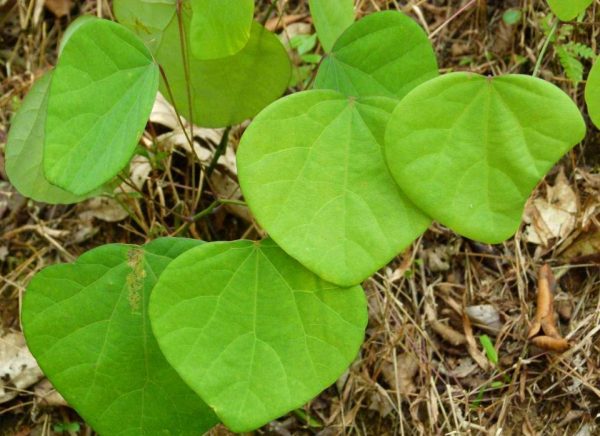Arishtaka (Sapindus trifoliatus): The Soapberry Savior
Basonym of Drug: The medicinal plant known as Arishtaka is scientifically referred to as Sapindus trifoliatus.
Main Synonyms: In Ayurveda, Arishtaka is known by various synonyms, including:
- Arishta
- Reetha
- Phenila
- Shikhi
- Phenapushpa
- Karaskara
- Udumbara
- Arishadantaka
Regional Name: Arishtaka is also known by different names in various regional languages. Some common regional names include:
- Hindi: Ritha/Reetha
- Bengali: Ritha
- Kannada: Antuvala
- Malayalam: Kunkudukka
- Marathi: Arithi
- Tamil: Pannankottai
- Telugu: Kunkuduchettu
Botanical Name: The botanical name of Arishtaka is Sapindus trifoliatus.
Family: Arishtaka belongs to the Sapindaceae family.
Classification of Dravya (Gana) as described in Charak and Sushrut: In the classical Ayurvedic texts of Charak and Sushrut, Arishtaka is classified as follows:
- Charak: Arishtaka is categorized under the group of “Arshoghna,” which means it is beneficial in the management of hemorrhoids (piles).
- Sushrut: In Sushrut Samhita, Arishtaka is classified as a “Haritakyadi Varga” drug, indicating its use in formulations with other herbs like Haritaki.
External Morphology: Arishtaka is a medium-sized deciduous tree with a height ranging from 3 to 6 meters. The leaves are trifoliate, and the flowers are small, greenish-white, and occur in panicles. The fruit is a round, yellowish berry with a hard seed.
Useful Parts: The useful part of Arishtaka is primarily the fruit, also known as the soapnut.
Important Phytoconstituents: Arishtaka contains various phytochemicals, including saponins, flavonoids, and tannins. The primary active compound responsible for its cleansing properties is saponin.
Rasa Panchaka: The Rasa Panchaka (five tastes) of Arishtaka is as follows:
- Rasa (Taste): Astringent (Kashaya), Bitter (Tikta)
- Guna (Quality): Light (Laghu), Dry (Ruksha)
- Virya (Potency): Cooling (Shita)
- Vipaka (Post-digestive taste): Sweet (Madhura)
Action on Dosha, Dhatu, and Mala: Arishtaka primarily pacifies the Kapha dosha. It cleanses and purifies the Rakta (blood) and Mala (excretory waste).
Prayogarha Vyadhi (Therapeutic Indications): Arishtaka is utilized in Ayurvedic medicine for various therapeutic purposes. Some of its essential indications include:
- Skin disorders and itching
- Hair and scalp conditions
- Dental health and oral hygiene
- Ophthalmic conditions
- Natural detergent and cleansing agent
Amayikaprayoga and Matra (Therapeutic Administration and Dose): Arishtaka can be used in various forms, and the dosage depends on the specific application and the individual’s condition. Commonly used forms include:
- Decoction (for skin and hair): 50-100 ml, for external application
- Powder (as a cleanser): 3-5 grams, mixed with water
Vishishta Yoga (Names of Important Formulations): Arishtaka is an integral component of several Ayurvedic formulations. Some notable formulations include:
- Arithadyarishta
- Arithaharitaki Avaleha
- Haritaki Churna (mixed with Arishtaka for hair wash)
Vishakta Lakshan (Adverse Effects): Arishtaka is generally safe and well-tolerated when used externally. However, excessive use on the skin may cause dryness in some individuals.
Chikitsopachara (Remedial Measures): Arishtaka is best used under the guidance of a qualified Ayurvedic practitioner. Proper dosing, combining with suitable adjuvants, and considering an individual’s specific condition are essential aspects of its therapeutic application.
Shodhana (If Required): Arishtaka does not require shodhana (purification) procedures.
Arishtaka’s natural cleansing properties and versatility in skin and hair care have made it a popular choice in Ayurvedic practices. Its gentle and effective nature has been treasured for centuries, making it a cherished part of natural beauty and personal care routines.



